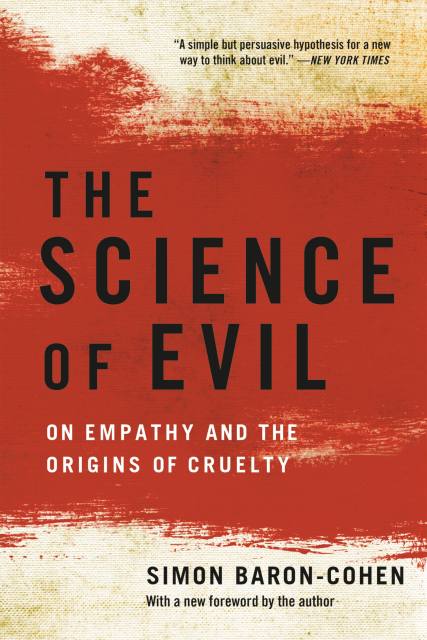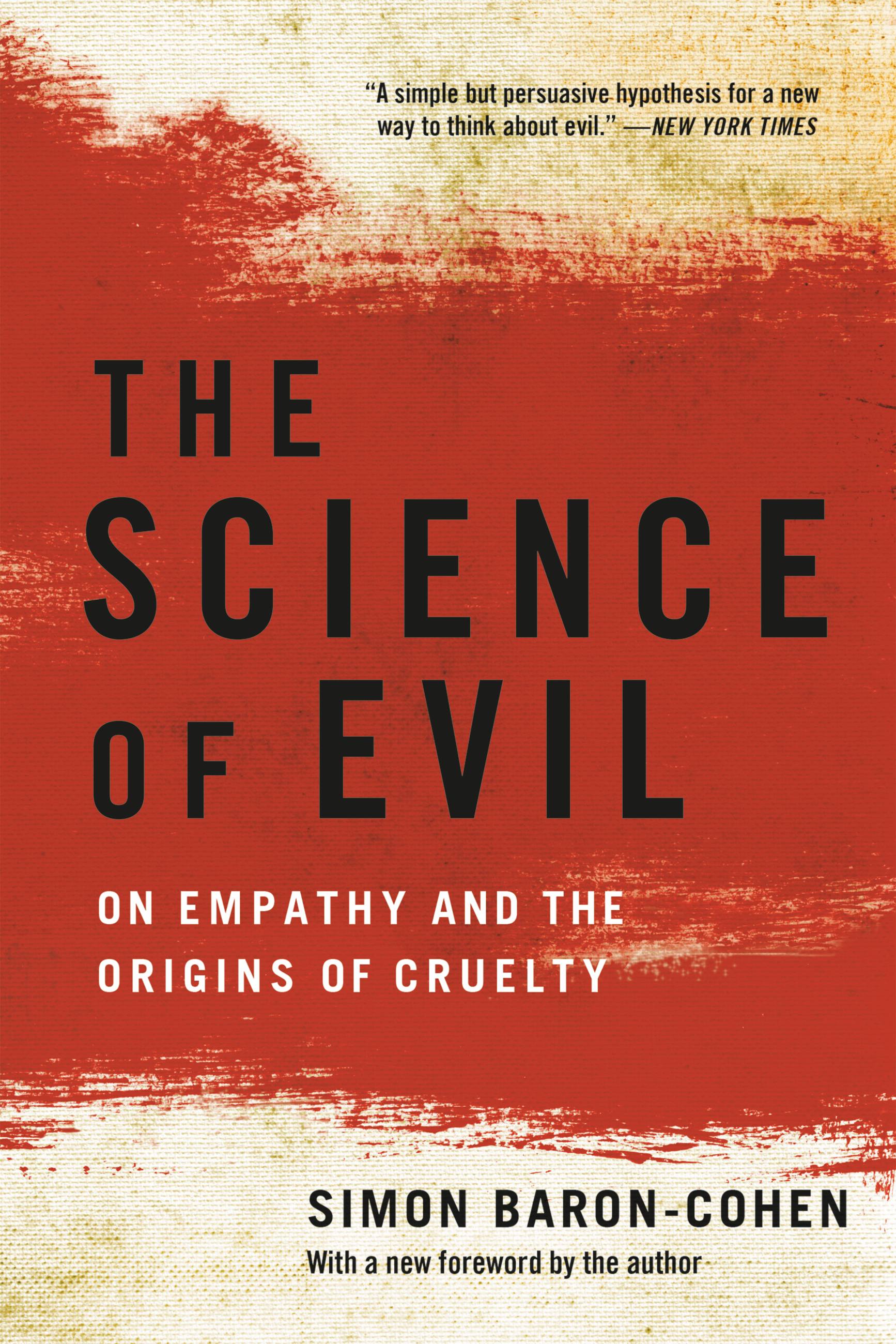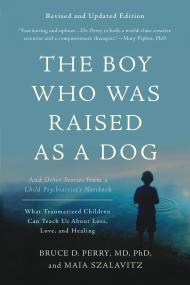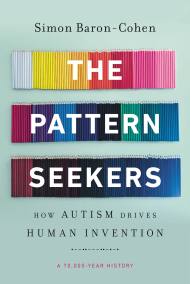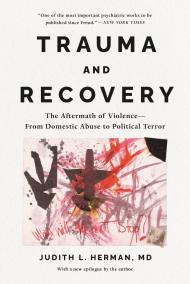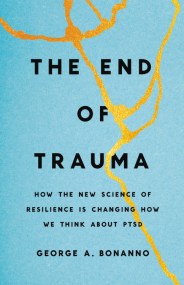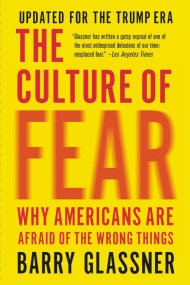Promotion
Use code MOM24 for 20% off site wide + free shipping over $45
The Science of Evil
On Empathy and the Origins of Cruelty
Contributors
Formats and Prices
Price
$12.99Price
$16.99 CADFormat
Format:
- ebook $12.99 $16.99 CAD
- Trade Paperback $17.99 $22.99 CAD
This item is a preorder. Your payment method will be charged immediately, and the product is expected to ship on or around May 6, 2011. This date is subject to change due to shipping delays beyond our control.
Also available from:
An award-winning psychologist draws on years of research to unveil “a simple but persuasive hypothesis for a new way to think about evil.” ―New York Times
How can we explain both cruelty and kindness? To award-winning psychologist Simon Baron-Cohen, the explanation for cruelty is low levels of empathy, and the explanation for kindness is high levels of empathy. In The Science of Evil, Baron-Cohen draws on decades of research to develop a new, brain-based theory of human cruelty and kindness. He explores the social and biological factors that can influence our empathy levels, explains the key distinction between cognitive and affective forms of empathy, and shows how low empathy can lead to dehumanizing behavior. Featuring a new introduction by the author, The Science of Evil will continue to challenge our understanding of human cruelty.
Genre:
- On Sale
- May 6, 2011
- Page Count
- 256 pages
- Publisher
- Basic Books
- ISBN-13
- 9780465023806
Newsletter Signup
By clicking ‘Sign Up,’ I acknowledge that I have read and agree to Hachette Book Group’s Privacy Policy and Terms of Use
